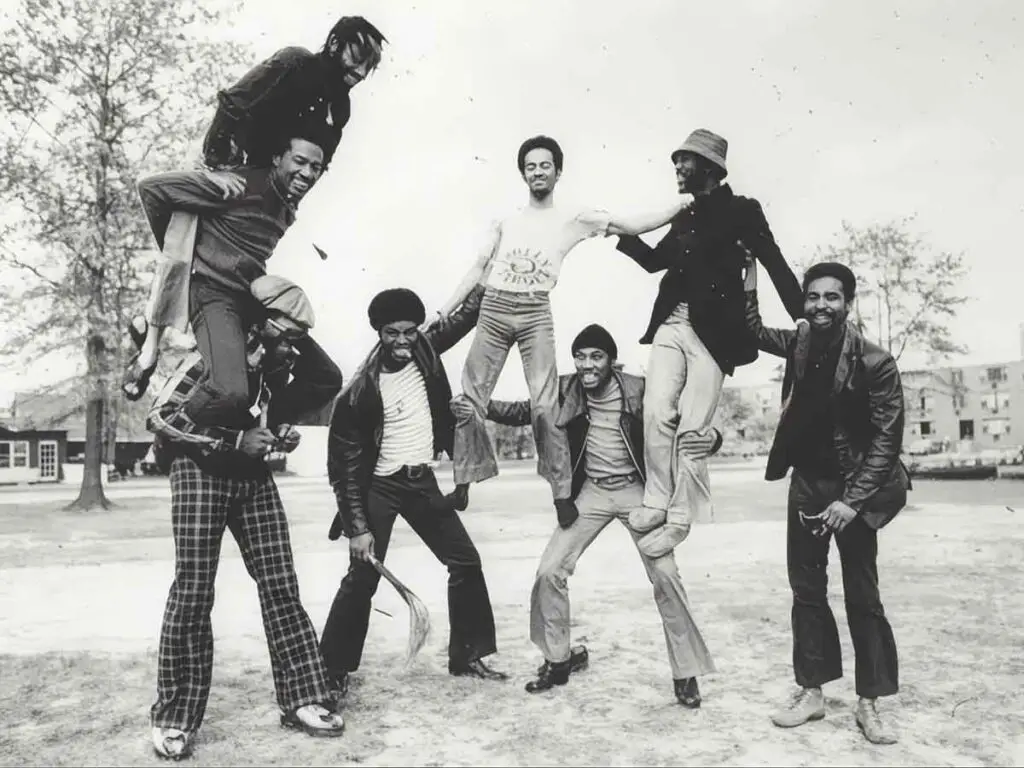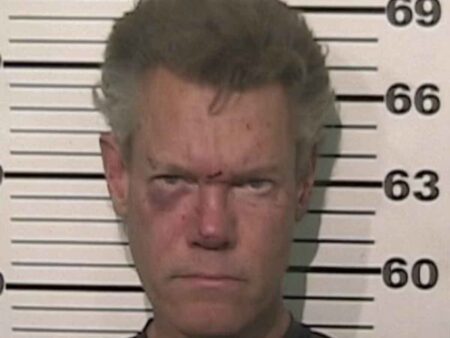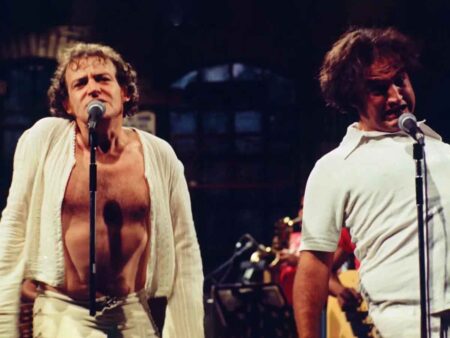The 1970s were the golden age of funk, with acts like James Brown, Parliament-Funkadelic, and Earth, Wind & Fire dominating the airwaves. Beyond these chart-toppers, numerous lesser-known funk bands laid down some of the most innovative rhythms of the decade. These groups may not have achieved mainstream superstardom, but their music left a lasting impact on funk, hip-hop, and beyond.
As George Clinton, the mastermind behind Parliament-Funkadelic, noted, “Funk is the DNA of hip-hop and rap.”
The Meters: The Groove Architects
Originating from New Orleans, The Meters were instrumental in shaping funk’s rhythmic foundation. Led by keyboardist Art Neville, their tight, syncopated grooves became the blueprint for countless funk and R&B tracks.
Instrumentals like “Cissy Strut” and “Look-Ka Py Py” showcased their impeccable rhythm section, featuring drummer Zigaboo Modeliste and bassist George Porter Jr. While they didn’t achieve the commercial success of some peers, their influence is profound, with many hip-hop artists sampling their work.
Cymande: The British-Caribbean Connection
Formed in London by musicians of West Indian descent, Cymande uniquely blended funk, soul, jazz, and Caribbean rhythms. Their hypnotic grooves, exemplified by tracks like “Bra,” have been rediscovered and sampled by hip-hop artists such as De La Soul and The Fugees. Despite their initial lack of mainstream recognition, Cymande’s music has endured, resonating with new generations of listeners.
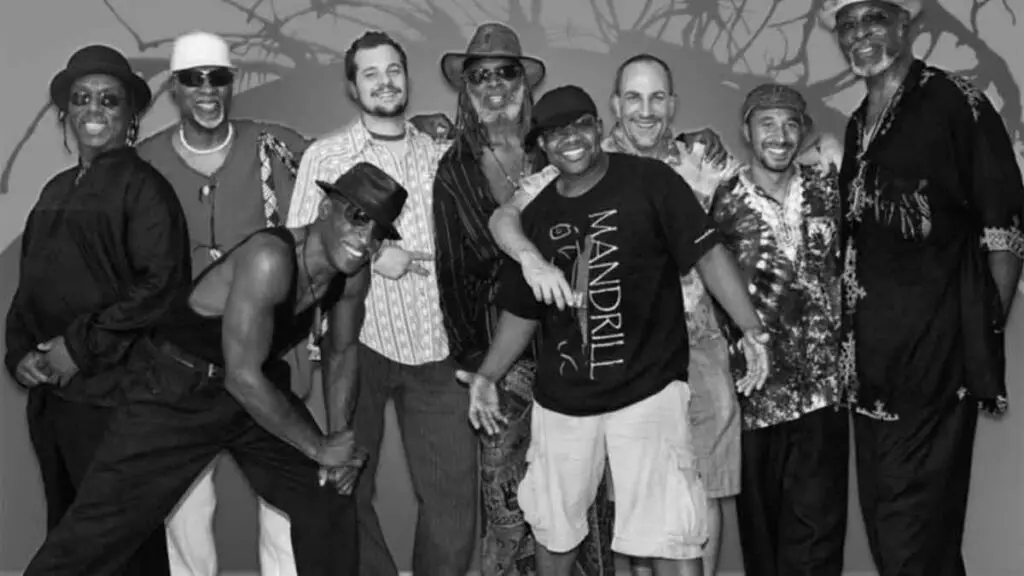
Mandrill: The Genre-Bending Pioneers
Emerging from Brooklyn, New York, Mandrill fused Latin, jazz, rock, soul, and funk into a seamless sound. Tracks like “Fencewalk” and “Mango Meat” are filled with psychedelic grooves and complex rhythms. While they didn’t achieve the fame of some contemporaries, Mandrill’s impact on funk and jazz fusion is significant.
The Soul Searchers: Washington D.C.’s Funk Force
Before go-go music became synonymous with Washington D.C., Chuck Brown and The Soul Searchers were laying down some of the city’s funkiest grooves. Their 1974 track “Ashley’s Roachclip” became a go-to sample for hip-hop producers, appearing in tracks by Eric B. & Rakim and LL Cool J. Brown, later known as the “Godfather of Go-Go,” took funk’s rhythmic backbone and stretched it into marathon jam sessions, influencing future generations of musicians.
Black Heat: The Funk Underdogs
Signed to Atlantic Records in the early ’70s, Black Heat combined heavy horn sections with raw, unfiltered funk grooves. Tracks like “No Time to Burn” and “The Jungle” carried the same energy as more famous acts but never broke into the mainstream. Despite their short-lived career, Black Heat’s music has been rediscovered in recent years, finding new life through funk compilations and hip-hop sampling.
Betty Davis: The Queen of Funk
Betty Davis, often overshadowed by her contemporaries, was a trailblazer in her own right. Known for her raw, unapologetic style, she fused funk with rock elements, pushing boundaries both musically and lyrically. Her influence extended beyond her own recordings, impacting artists across genres.
War: The Musical Pacifists
Formed in the late 1960s, War blended funk with rock, jazz, and Latin influences. Their hits like “Low Rider” and “The Cisco Kid” showcased their versatility. Keyboardist and vocalist Lonnie Jordan described their mission as waging war against global conflicts through music, coining the phrase, “We don’t shoot bullets; we shoot rhythms.”
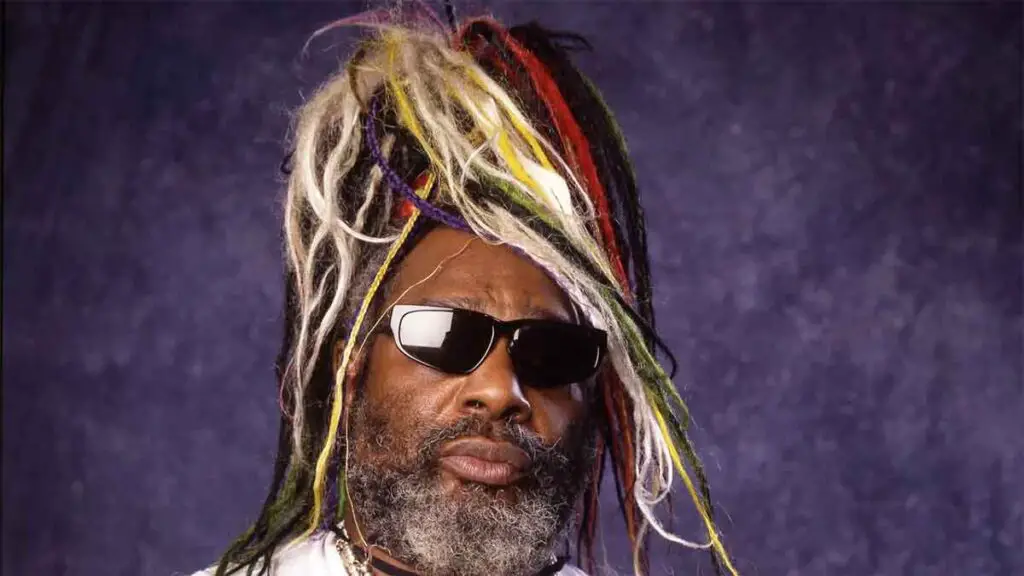
George Clinton and the P-Funk Legacy
No discussion of funk’s evolution is complete without acknowledging George Clinton’s monumental influence. As the mastermind behind Parliament and Funkadelic, Clinton revolutionized R&B during the ’70s, twisting soul music into funk by adding influences from late-’60s acid heroes like Jimi Hendrix, Frank Zappa, and Sly Stone. His innovative approach not only redefined funk but also laid the groundwork for future genres, including hip-hop.
Modern Funk: The Legacy Continues
The influence of 1970s funk extends into modern music, with many contemporary artists drawing inspiration from the genre’s pioneers.
Artists like Bruno Mars and Mark Ronson have incorporated classic funk elements into their hits, bringing the genre’s infectious grooves to new audiences. The resurgence of funk-inspired music in the mainstream highlights the genre’s enduring appeal and its foundational role in shaping modern soundscapes.
Rediscovering the Roots of Funk
The ’70s funk scene was a sprawling, groove-infused movement that stretched across continents and cultures. While mainstream acts garnered much of the spotlight, these lesser-known pioneers crafted sounds that continue to resonate. Exploring these artists offers a richer understanding of funk’s diverse tapestry and enduring legacy.

